The application of digital technology has become an indispensable part in preserving and promoting cultural heritage values, especially in the Hue Monuments Complex. In the context of the strong industrial revolution 4.0, virtual reality (VR) and augmented reality (AR) technologies have been deployed as breakthrough solutions, helping to bring a new look to heritage conservation and experience.
In Hue, the Hue Monuments Conservation Center has taken the lead in integrating advanced technologies into the management and presentation of monuments. One of the outstanding achievements is the project to digitize the monument complex, including important structures such as Thai Hoa Palace, Hien Lam Pavilion, and Lau Tang Tho. Through laser scanning and 3D modeling, experts have created detailed images, from size, color to texture, helping to preserve the original elements of these structures. In addition to serving research and restoration, digital data is also used to build VR and AR products, giving visitors the opportunity to explore the heritage in a completely new way.
Another highlight in the innovation journey is the deployment of extended reality (XR) experience services at Hue Imperial City. Through Nreal Glass, visitors can interact with vivid historical spaces, from royal ceremonies at Dai Trieu Nghi courtyard to the changing of the guard at Ngo Mon. XR technology recreates rituals, architecture and historical events such as the pole-raising ceremony, the audience ceremony, or the performance at Duyet Thi Duong in a realistic way right at the locations that have marked these activities in the past. This is the first experience in the world to apply Nreal Glass outdoors, bringing a unique and novel feeling to visitors.
The journey to find the lost royal palace rediscovers the original splendor of Hue Imperial Palace 200 years ago using VR virtual reality technology. Photo: huecit
Not only does it introduce history through technology, virtual reality also contributes to recreating lost or unrecoverable structures in reality. The VR Experience Center at the Imperial Citadel has effectively exploited this technology through the project “In Search of the Lost Royal Palace.” The architecture, rituals and cultural values of the past are recreated using graphic techniques, allowing visitors to admire images of structures and rituals with high accuracy. These VR products both connect visitors with heritage and raise awareness of the cultural and historical values of the imperial land.
Along with virtual reality, augmented reality has been integrated into interactive applications, such as the digital identification of Nguyen Dynasty artifacts using Nomion technology. Visitors only need to use their smartphones to scan the NFC chip attached to the artifacts to explore their history, cultural significance and detailed 3D images. This is not only a step forward in bringing artifacts closer to the public but also ensures the authenticity and copyright protection of valuable artifacts.
Thai Hoa Palace from a technological perspective. Photo: huecit
During the conservation journey, 3D and VR technology has actively supported the restoration of important relics such as Thai Hoa Palace. 3D scanning data has helped experts carry out restoration work with absolute precision, from the cross-section to the color of the structure. During the time the relic had to be dismantled for restoration, VR360 images and 3D models were used so that visitors could continue to visit and learn remotely, ensuring an uninterrupted connection between the heritage and the public.
These efforts aim to preserve the original value of the relics while meeting the increasing demand for experiences of visitors. With advanced technologies, services such as VR and XR in the ancient capital of Hue have made a difference in the journey of discovering the heritage. Visitors can admire the artifacts, immerse themselves in the cultural space, and feel the grandeur of history through vivid interactive experiences.
In the future, the application of virtual and augmented reality technology in Hue promises to continue to be expanded and upgraded, bringing opportunities to admire the heritage more comprehensively. This is not only a step in line with the global technology development trend but also a commitment of the Hue Monuments Conservation Center to preserve and spread the heritage value to future generations.


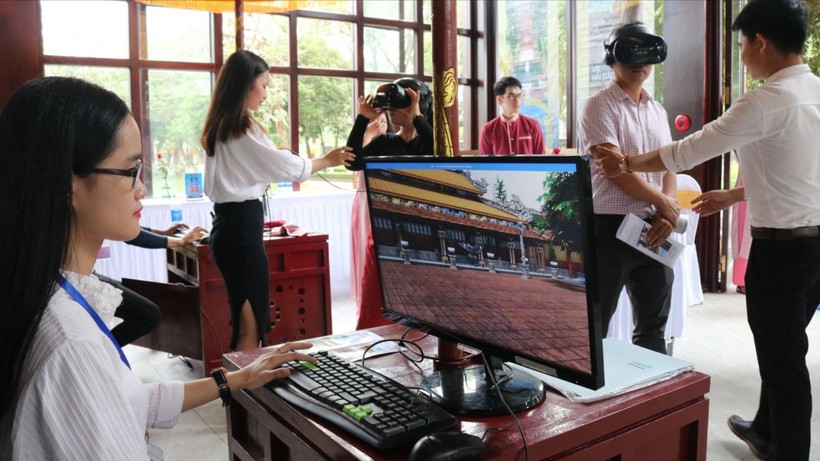
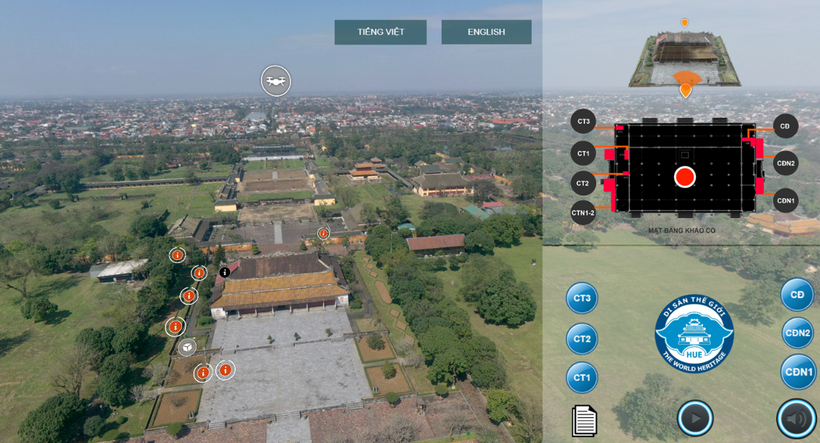

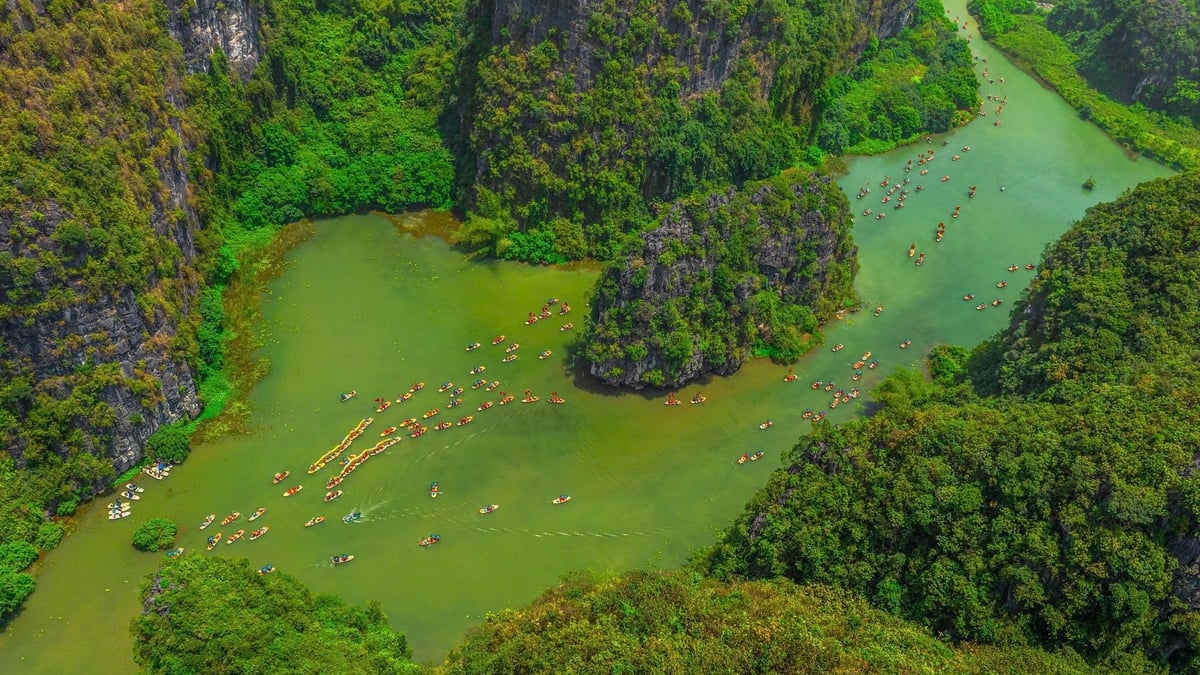

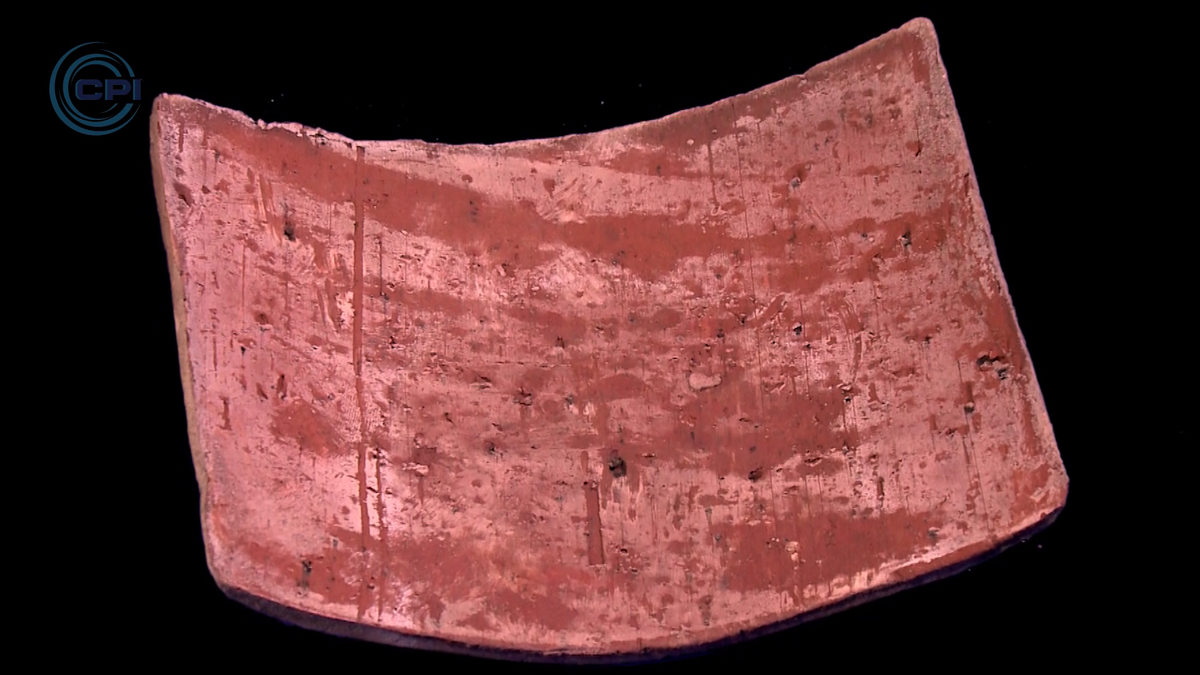
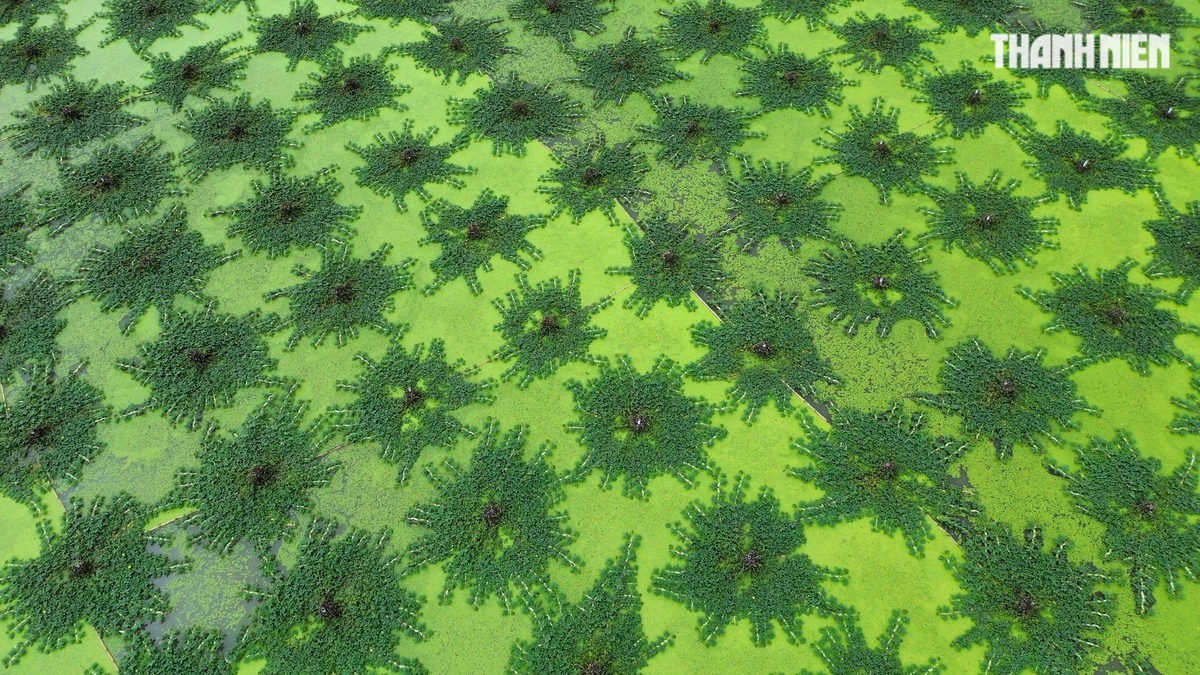
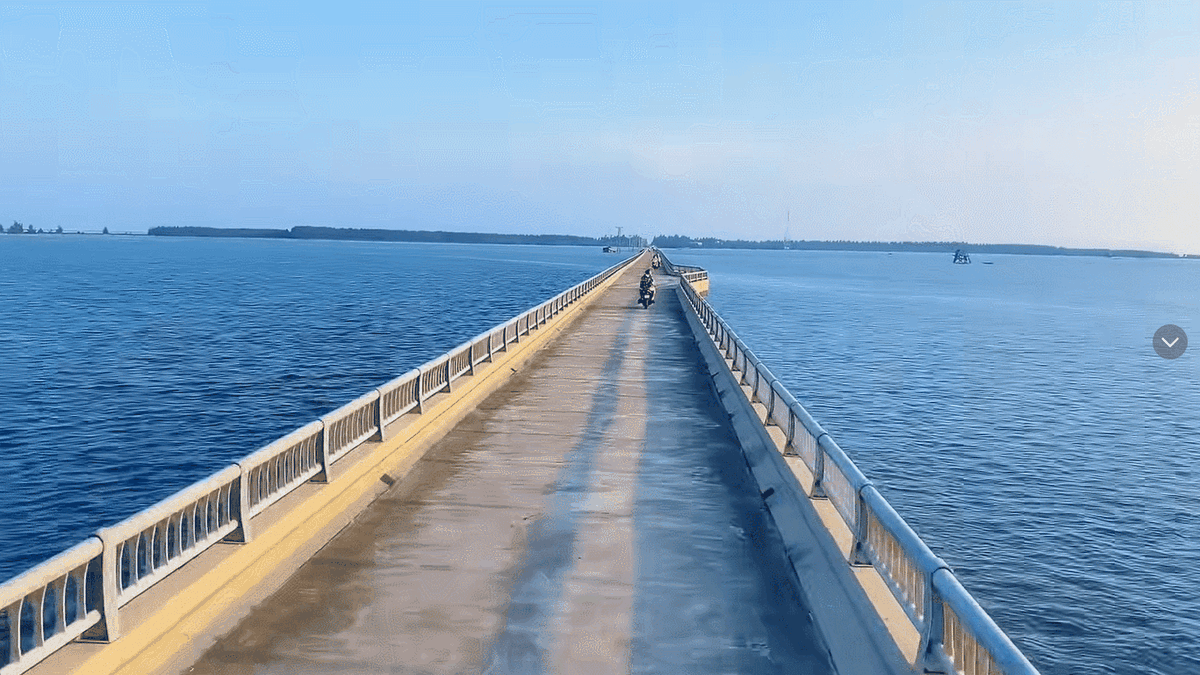
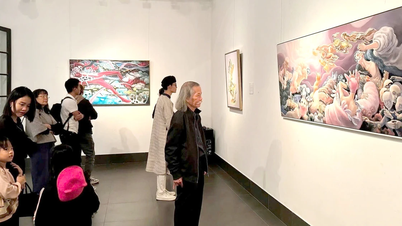

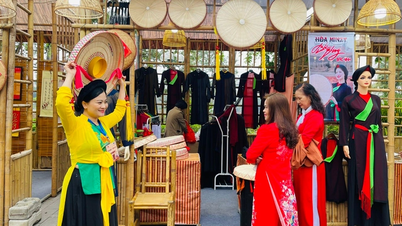

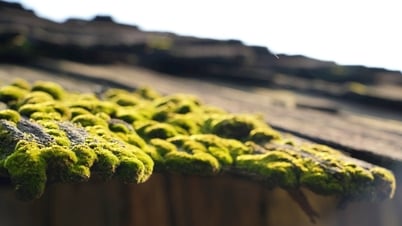



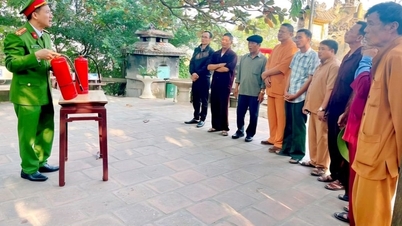


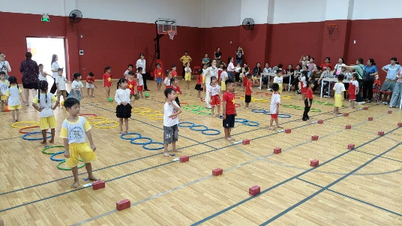

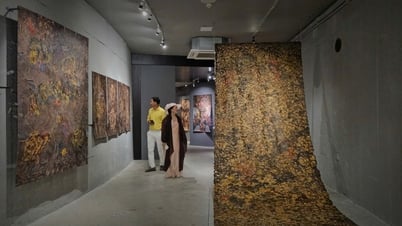

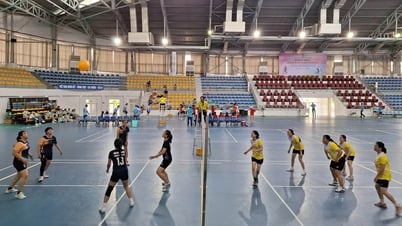





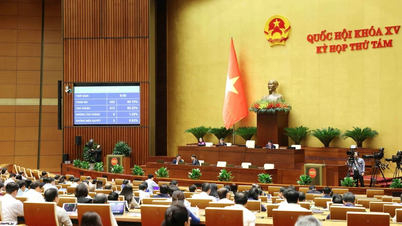
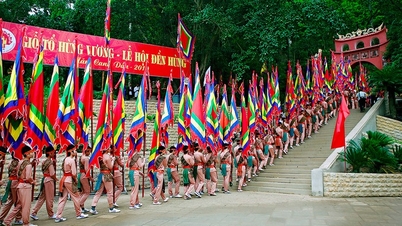
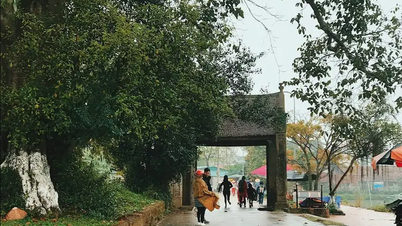
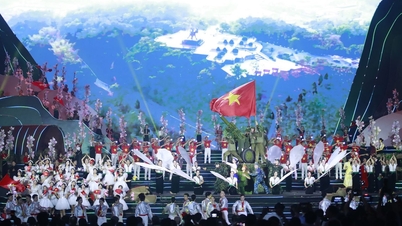
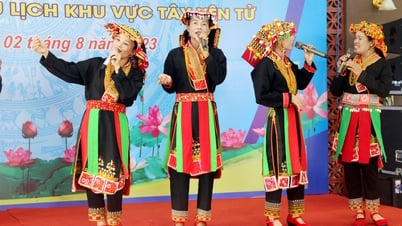
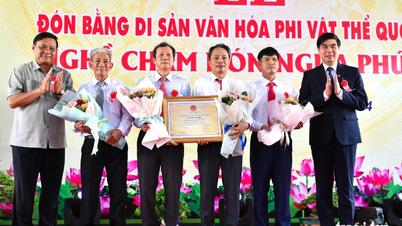
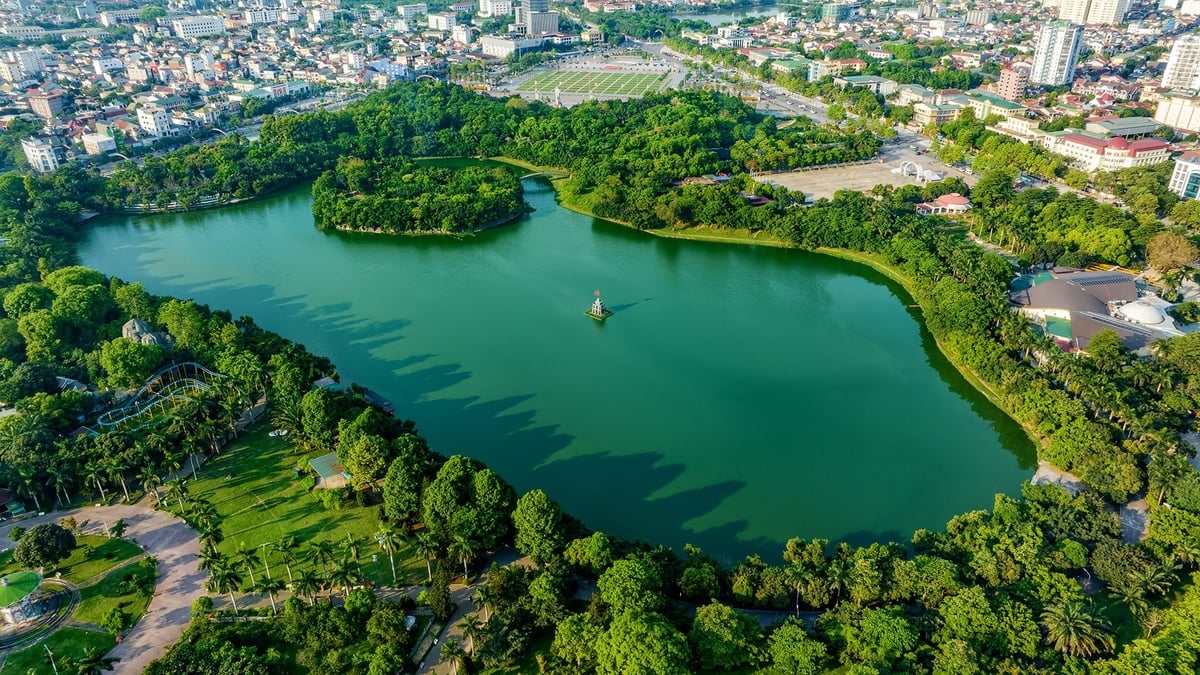









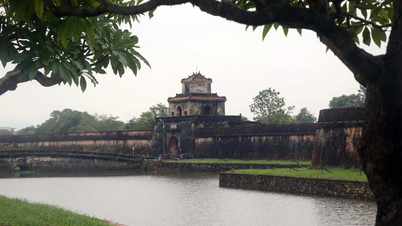

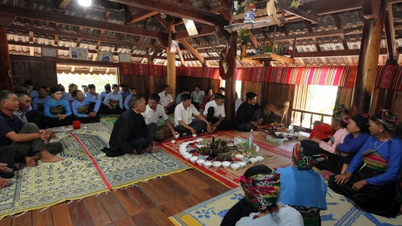







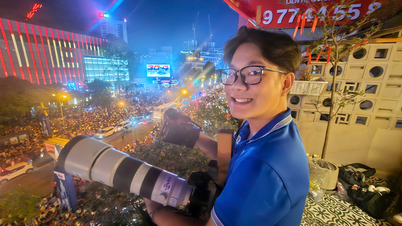














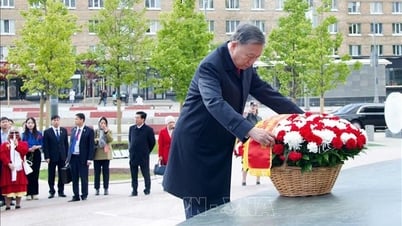


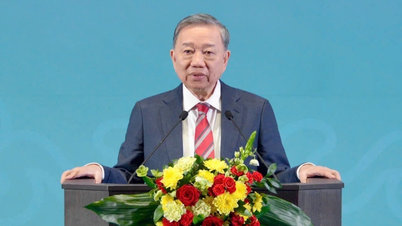
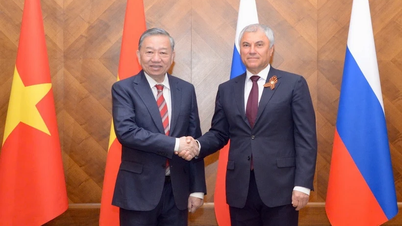












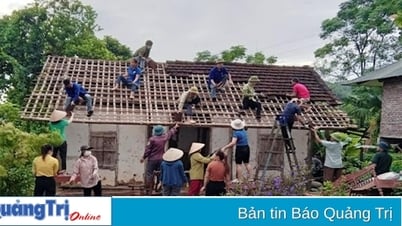
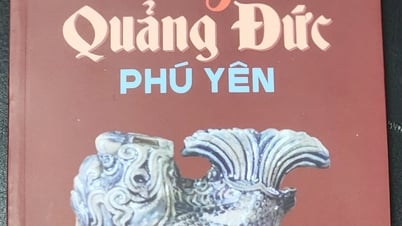
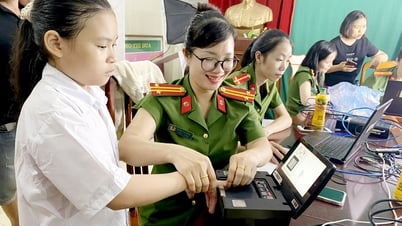















Comment (0)